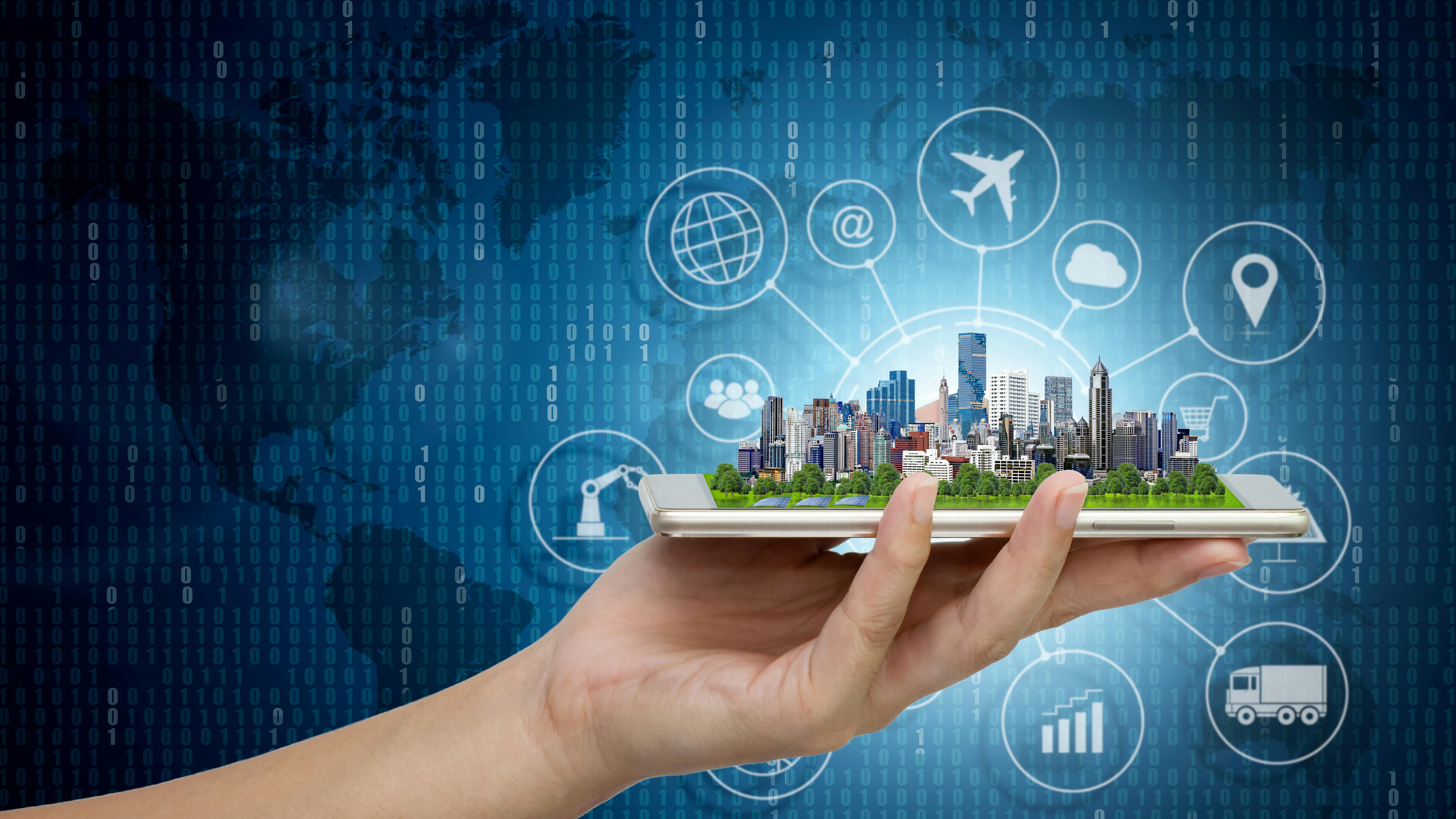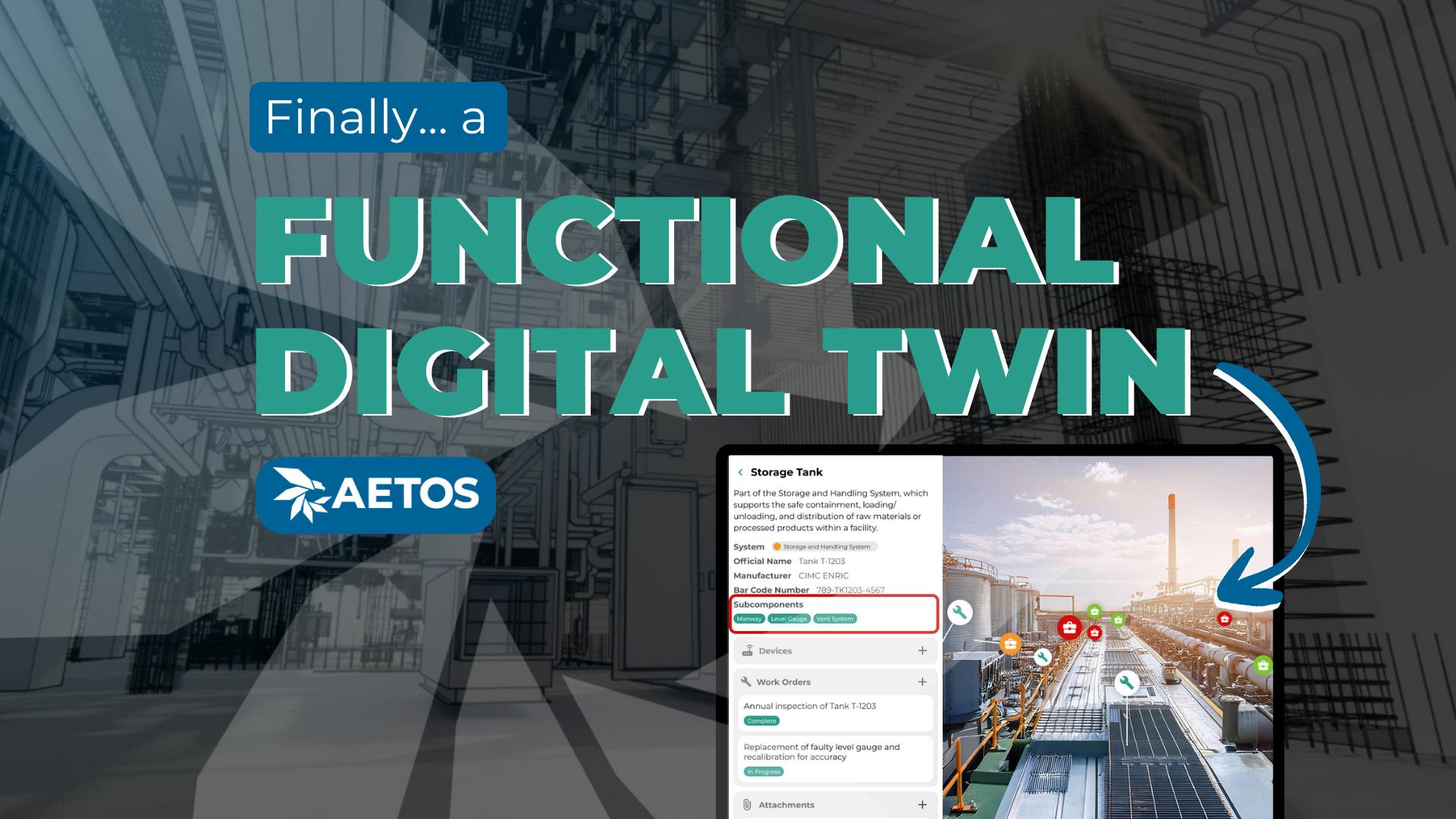How can a digital twin be used to operate a building or home?
Digital twinning is not a new concept, but considering that it’s been trending for just a few years, many haven’t grasped this technology to its fullest potential. These are amazing tools that can assist the planning, management, and execution process for architects, engineers, builders, real estate agents, and more.
But, that is far from all they can do.
Since a digital twin uses advanced data analysis and AI, it can continuously learn about a specific facility. Thanks to this amazing feature, they can provide amazing insights on how to manage a building or a home after it is built, including the equipment inside of them.
But First, What Is a Digital Twin?
Digital twin refers to a virtual replica of a system or object in the real-world across its lifecycle or in its ready form. This is basically the twin of the real-life home or building, but in a digital form. It mimics the appearance of buildings in a detailed, 3D way, but it also mimics their behaviors.
What does this mean?
It means that the digital twin has not only the physical characteristics, but it also uses advanced technology to improve things such as:
- Modeling of utilization
- Modeling of occupancy and occupant experience
- Ecological impact of the building
- Economic efficiency, etc.
How Digital Twins Operate Buildings and Homes
It’s time to get into detail – how does a digital twin operate buildings and homes? There are generally three things that it can do:
Provide a detailed, accurate digital copy
Digital twins of today are not just physical, but virtual. Thanks to modern technology and AI, they aren’t only reliable assets, but extremely accurate ones. When you have a ready virtual representation of what your home or building will look like – or what it looks like at the moment, you can use it to improve the creation process, reduce failure costs, and make better and more informed decisions.
In other words, it offers you visualization like no other tool. Managing a building or a home is much easier if you always have the entire thing in front of you.
Updated in real-time
A true digital twin by today’s standards will have a connection to the physical twin. This means that, when the physical twin is changed in some way, this will be reflected in the digital model. It’s usually done through use of sensors, IoT devices, and AI.
Depending on the home’s location or the lease, such updates can lead to huge cost savings for the inhabitants. The smart twin can optimize the experience of users, reduce space requirements, and improve energy efficiency.
Bidirectional digital-physical link
If we’re talking about autonomous digital-physical link, this means that the connection is bidirectional. In other words, when making changes in the digital twin, those will be mirrored in the actual, physical object. Such changes will also register back in the virtual twin.
This doesn’t even have to be the work of the user. By using AI and gathering data, the virtual twin can make smart decisions about the building or home i.e. operate with it to boost its efficiency. For example, the digital twin can use sensors to register that the temperature has exceeded its accepted threshold. When this happens, it will trigger the HVAC system and cool the temperature down.
Nowadays, digital twins do wonders in keeping buildings comfortable for their occupants. Thanks to artificial intelligence, they can improve the conditions for people based on pre-set parameters and thanks to modern technology.
Thanks to data points and self-learning algorithms, digital twins are becoming highly autonomous today. In the future, they are expected to get even better at predicting what their users want. They’ll create default settings based on such data and operate entire buildings without their user’s assistance.
This is extremely useful not only to homeowners, but to those included in the building lifecycle intelligence also. Digital twins collect useful data that can help building operators and owners, as well as planners, architects, construction companies, and others included in the building’s lifecycle.
Digital Twins in Conclusion
Digital twins can be of great help when creating and managing buildings and facilities. They result in better investment and building decisions, reduce costs and eliminate mistakes, and can be programmed based on the user’s needs and preferences. Thanks to technology advances today, digital twins can operate entire buildings and homes and optimize everyone’s experience in the process.



